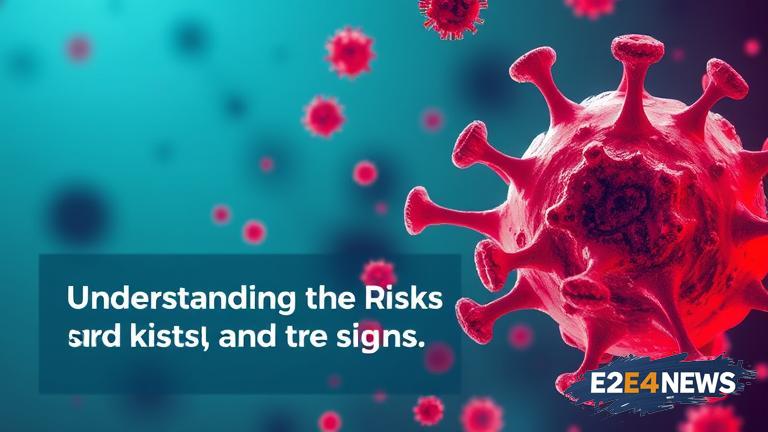Legionnaires’ disease is a type of pneumonia caused by the Legionella bacteria, which can be found in water systems, cooling towers, and other man-made water sources. The disease is named after the 1976 outbreak at the American Legion convention in Philadelphia, where it was first identified. Legionnaires’ disease can cause symptoms such as fever, chills, cough, and shortness of breath, and can be severe and even life-threatening in some cases. The recent outbreak in NYC has highlighted the importance of proper maintenance and testing of water systems to prevent the growth of Legionella bacteria. According to the Centers for Disease Control and Prevention (CDC), Legionnaires’ disease is typically spread through inhaling mist or vapor contaminated with Legionella bacteria. The bacteria can be found in a variety of water sources, including cooling towers, hot tubs, and large air-conditioning systems. People with weakened immune systems, such as the elderly and those with chronic illnesses, are more susceptible to Legionnaires’ disease. The disease can be treated with antibiotics, but prompt medical attention is essential to prevent serious complications. In addition to treating the disease, it is also important to identify and address the source of the outbreak to prevent further cases. This can involve testing water samples, inspecting water systems, and implementing measures to prevent the growth of Legionella bacteria. The NYC outbreak has led to increased awareness and concern about the risks of Legionnaires’ disease, and efforts are being made to improve prevention and detection measures. This includes regular testing of water systems, proper maintenance and cleaning of cooling towers and other equipment, and education and outreach to the public about the risks and symptoms of the disease. The CDC and other health organizations are working to develop and implement guidelines and protocols for preventing and responding to Legionnaires’ disease outbreaks. In addition to the health risks, Legionnaires’ disease can also have significant economic and social impacts, particularly in cases where outbreaks occur in public buildings or other shared spaces. The disease can cause significant disruption and concern, and can also lead to financial losses and other economic impacts. As a result, it is essential to take proactive steps to prevent and prepare for Legionnaires’ disease outbreaks, including regular testing and maintenance of water systems, and education and outreach to the public. By working together, we can reduce the risks and impacts of Legionnaires’ disease and protect public health. The recent outbreak in NYC has highlighted the importance of vigilance and proactive measures to prevent the spread of Legionnaires’ disease. It is essential to stay informed and up-to-date on the latest developments and guidelines for preventing and responding to outbreaks. By taking a proactive and informed approach, we can reduce the risks and impacts of Legionnaires’ disease and protect public health. Furthermore, it is crucial to address the root causes of the outbreak, including inadequate maintenance and testing of water systems. This can involve implementing new protocols and procedures for testing and maintenance, as well as providing education and training to building owners and operators. Additionally, it is essential to ensure that the public is aware of the risks and symptoms of Legionnaires’ disease, and knows how to take steps to protect themselves. This can involve public education campaigns, as well as outreach and engagement with vulnerable populations. By working together, we can prevent and prepare for Legionnaires’ disease outbreaks, and protect public health. The CDC and other health organizations are working to develop and implement guidelines and protocols for preventing and responding to Legionnaires’ disease outbreaks. These efforts include developing and disseminating guidance on testing and maintenance of water systems, as well as providing education and training to building owners and operators. Additionally, the CDC is working to improve surveillance and detection of Legionnaires’ disease, including developing and implementing new testing methods and protocols. By improving our understanding of the risks and causes of Legionnaires’ disease, we can develop more effective strategies for preventing and responding to outbreaks. This includes addressing the root causes of the disease, such as inadequate maintenance and testing of water systems, as well as providing education and outreach to the public. By taking a proactive and informed approach, we can reduce the risks and impacts of Legionnaires’ disease and protect public health.





